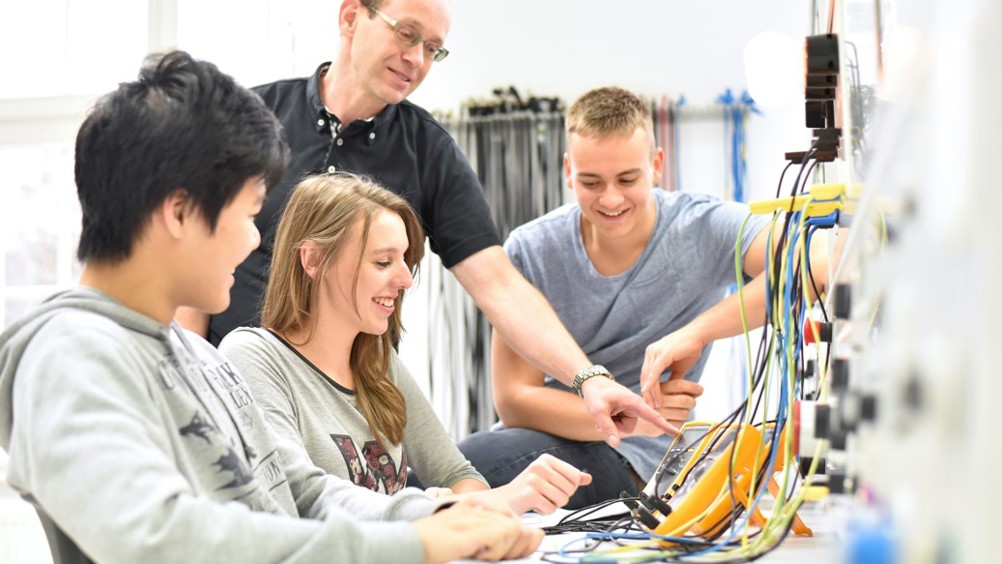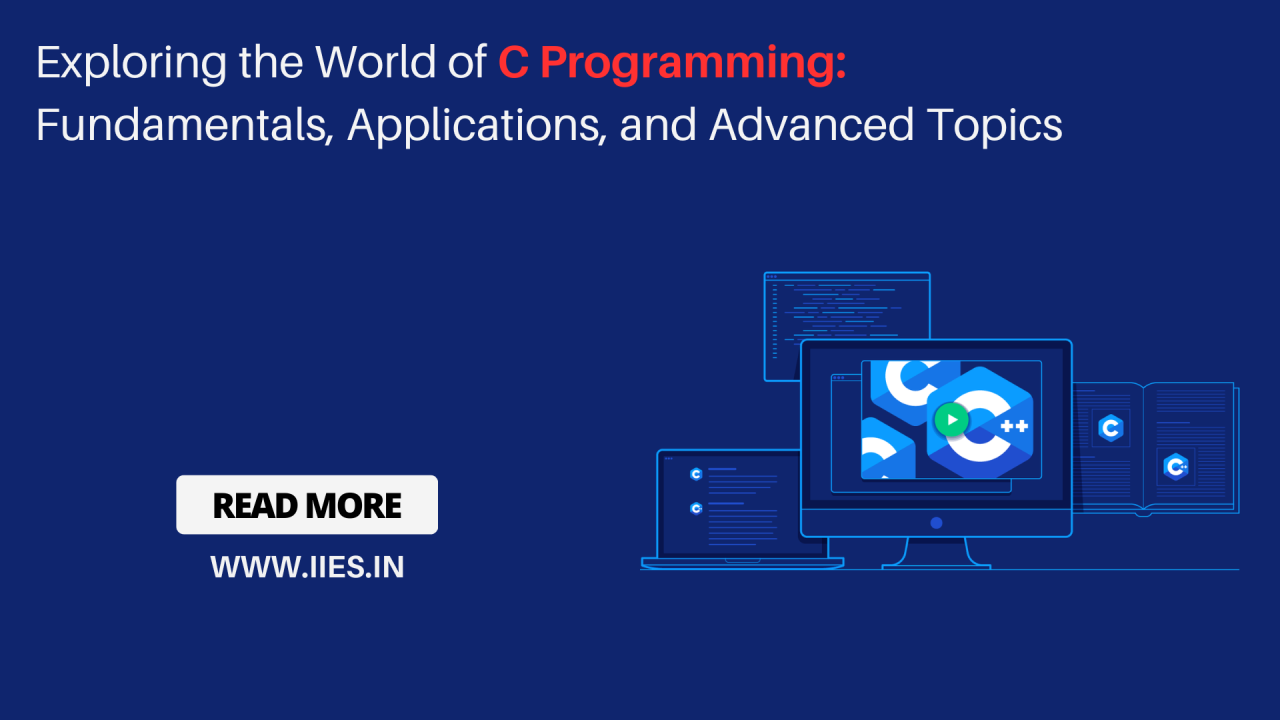Mastering Teacher Observation Essential Tips for Success
Introduction
Teacher observation is a critical component of professional development in education. It offers valuable insights into teaching practices, student engagement, and classroom dynamics. Mastering teacher observation requires a combination of preparation, self-reflection, and effective strategies. In this article, we explore essential tips for success in navigating the teacher observation process.
Understanding the Purpose of Observation
Before diving into the observation process, it’s essential to understand its purpose. Teacher observation serves as a tool for growth and improvement, providing educators with constructive feedback to enhance their teaching practices. It offers an opportunity for self-reflection and professional development, ultimately benefiting both teachers and students.
Preparing for Observation
Preparation is key to a successful observation experience. Teachers should familiarize themselves with the observation criteria and standards set by their institution or district. They should review lesson plans, instructional materials, and student data to ensure alignment with learning objectives and assessment criteria. Additionally, teachers may benefit from practicing self-reflection techniques to identify areas for improvement in advance of the observation.
Creating a Positive Learning Environment
During the observation, teachers should focus on creating a positive and inclusive learning environment. This includes establishing clear expectations for behavior and academic engagement, fostering a sense of belonging and mutual respect among students, and promoting active participation in the learning process. A positive learning environment sets the stage for effective teaching and student success.
Engaging Students Effectively
Engaging students is essential for a successful observation. Teachers should employ a variety of instructional strategies and techniques to capture students’ interest and promote active learning. This may include incorporating hands-on activities, group discussions, multimedia resources, and real-world applications into lesson plans. By catering to diverse learning styles and interests, teachers can maximize student engagement and participation.
Demonstrating Effective Teaching Practices
During the observation, teachers should focus on demonstrating effective teaching practices that align with educational standards and best practices. This includes clear communication of learning objectives and expectations, scaffolding of instruction to support student learning, and differentiation of instruction to meet the needs of diverse learners. Teachers should also demonstrate flexibility and responsiveness to student needs and feedback throughout the observation.
Managing Classroom Dynamics
Effective classroom management is essential for a productive observation experience. Teachers should establish routines and procedures to promote a structured and orderly learning environment, while also allowing for flexibility and spontaneity as needed. This includes effectively managing transitions, addressing disruptive behavior promptly and respectfully, and fostering a supportive and collaborative classroom culture.
Reflecting on Feedback and Growth
Following the observation, teachers should take time to reflect on the feedback provided by observers and colleagues. This may include identifying strengths and areas for improvement in their teaching practice, setting goals for professional growth and development, and seeking out opportunities for additional support and training as needed. Reflection and self-assessment are critical components of the continuous improvement process.
Collaborating with Colleagues
Collaboration with colleagues can enhance the observation process and promote professional growth. Teachers may benefit from engaging in peer observations, collaborative planning sessions, and professional learning communities to share ideas, resources, and best practices. By working together with colleagues, teachers can gain valuable insights and support to improve their teaching practice and student outcomes.
Conclusion
Mastering teacher observation requires dedication, preparation, and ongoing reflection. By understanding the purpose of observation, preparing effectively, creating a positive learning environment, engaging students effectively, demonstrating effective teaching practices, managing classroom dynamics, reflecting on feedback and growth, and collaborating with colleagues, teachers can maximize the benefits of the observation process and enhance their professional practice. Read more about teacher observation tips




